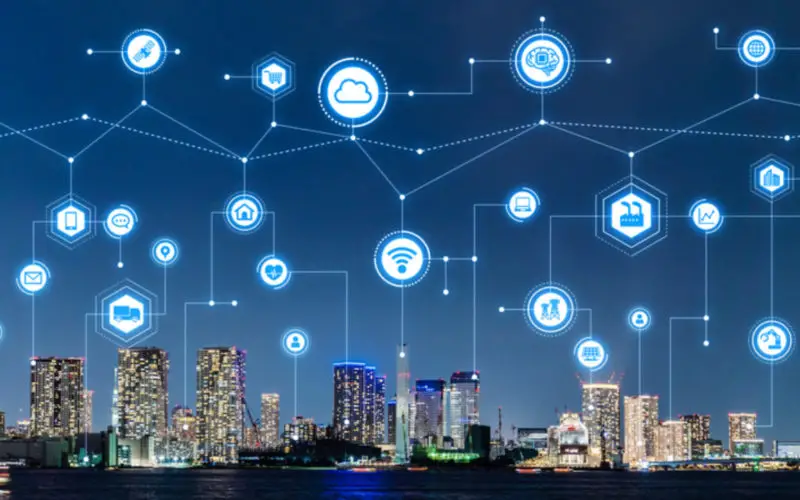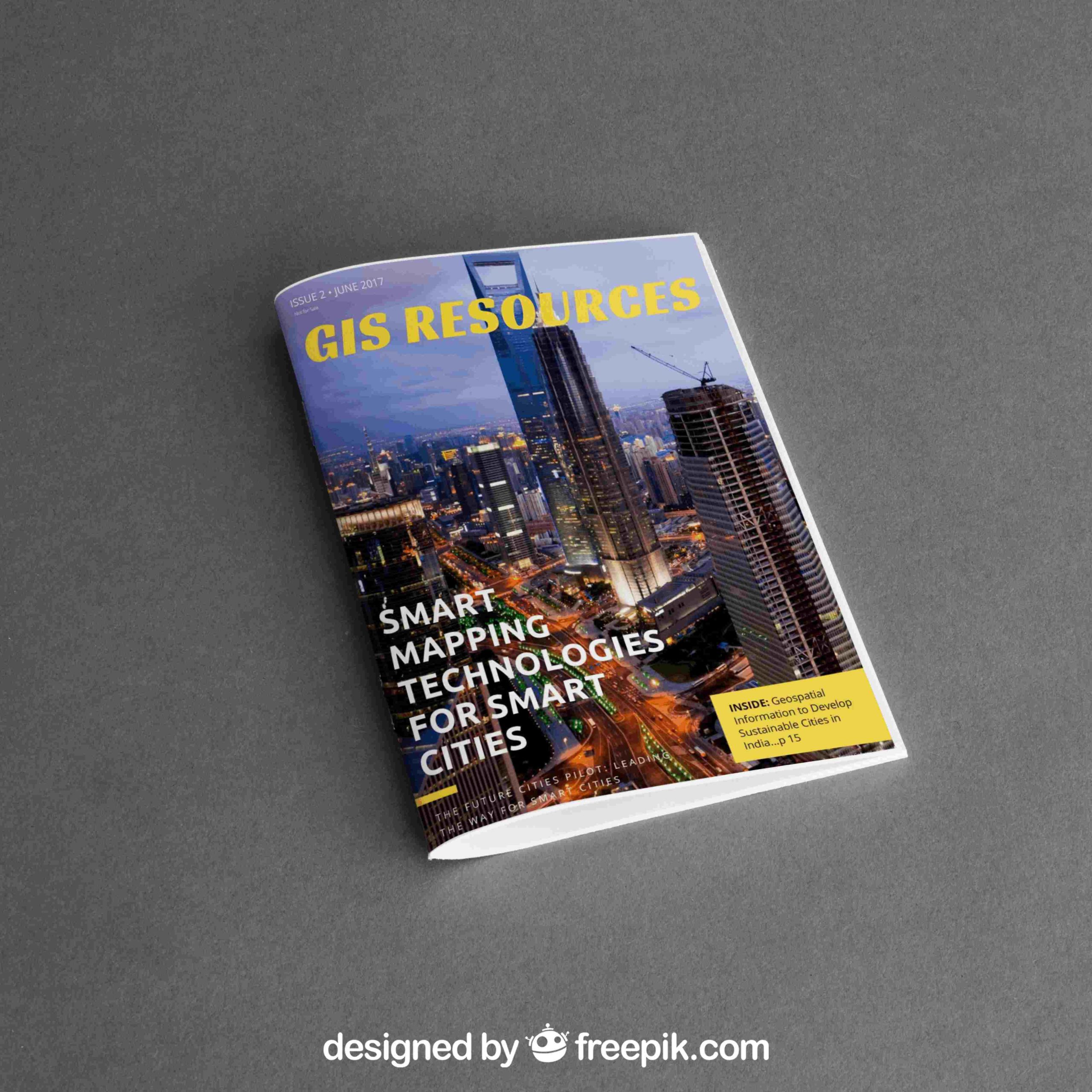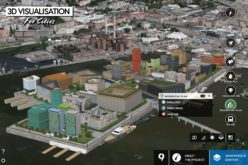The term “smart city” has become a familiar word during the past year or two. But as yet few really know what it envisages, how it is to be implemented, what will be the costs for its long term maintenance and who will be its beneficiaries.
The dual word has been coined to convey a concept being applicable for a city. Is the term meant for a new city or an old city? Can we make an old city smart? What about the surrounding semi-urban/rural areas? Many questions still abound. Most of the works or projects currently being taken up under the smart city project are in the nature of infrastructure development. That is itself a good outcome of the smart city project which can be made better if this infrastructure is harnessed to have a salutary impact on people’s lives. Various departments of the government must work in cohesion to deliver sustained developmental infrastructure. Very often we have seen that a perfectly laid out, newly surfaced road is dug up to lay water pipe lines or electricity cables which then lie in that state for months together causing great inconvenience to residents & commuters besides causing environmental pollution.
People are necessarily at the centre of the smart city planning project. A smart city without satisfied people would be futile. Inhabitants must know the purpose of the smart infrastructure and the impact it will have on their lives. It is important to see how smart citizens absorb the idea, how much awareness there is among people for the guiding principles of smart and sustainable organisation in urban life. All this requires new forms of governance and public participation. Further as cities grow people’s needs and demands must be met, Smart cities must not only build on sustainability but also on resilience in the sense that cities as systems are made more resistant and adaptable to influences from forces within and outside.
Technology in all its forms has to be harnessed to fulfil the idea of Smart city planning and development. However development of smart cities has to be taken up with great caution. The social & cultural dimension of society must also be preserved. Sufficient leeway must be available to promote people’s creativity and competences. Focus must be on health, education, safety & security of individuals and livelihood. Development of social & cultural infrastructure must keep pace in order to ensure plurality of society and social cohesion.
It is also important to use resources with caution and provide an environment worth living in for everyone. Large green spaces must be reserved and expanded to ensure lasting quality for a growing population. Water sources & resources must be revived & conserved so that safe and clean drinking water is ensured to every inhabitant.
Ultimately Smart cities, with all its technological applications & innovations, must meet the aspirations of its inhabitants as well as leave a legacy for future generations to build an enlightened society in harmony with itself and with nature.
It is rooted in the implementation of user-friendly information and communication technologies developed by major industries for urban spaces. Its meaning has since been expanded to relate to the future of cities and their development. Smart cities are forward-looking, progressive and resource-efficient while providing at the same time a high quality of life. They promote social and technological innovations and link existing infrastructures. They incorporate new energy, traffic and transport concepts that go easy on the environment. Intelligent decisions need to be taken at the strategic level if cities want to become smart. It takes more than individual projects but careful decisions on long-term implementations. Considering cities as entire systems can help them achieve their ultimate goal of becoming smart. Smart cities forcefully tackle the current global challenges, such as climate change and scarcity of resources. Their claim is also to secure their economic competitiveness and quality of life for urban populations continuously on the rise.
Some approaches are technology-oriented, while others, such as the Vienna Way, have put the social aspect in the fore.
Ultimately synergies must be developed across systems so that objectives and solutions can be found for smart cities to become forward looking,
Increasing people’s quality of life requires more than technical innovations. Also and above all it is the social dimension that needs to be taken into account. Civil society must be actively involved in making smart cities become reality. Focus must be on education, lifelong learning, culture, health, safety of individuals, plurality of society and social cohesion. Urban everyday life provides sufficient leeway to promote people’s creativity and competences. Networking and self-management are major pillars of society without which smart cities would be doomed to fail.
The June 2017 edition of GIS Resources magazine published many interesting articles on the role of Geospatial Technologies in the development of smart cities. List of the articles published is follows –
- Essential of GIS-based Solid Waste Management Models for
Smart Cities. - An Application of 3D Laser Scanning for Infrastructural
Mapping and Its Comparison With Photogrammetry. - Role of ICT in Smart City Planning?
- Geospatial Information to Develop Sustainable Cities in India.
- The Future Cities Pilot: Leading the Way for Smart Cities.
- From the Ground Up: The Importance of Accurate 3D City Reconstruction for Smart City Management and Maintenance.
- Using Pix4Dmapper Pro for Smart City Modeling












